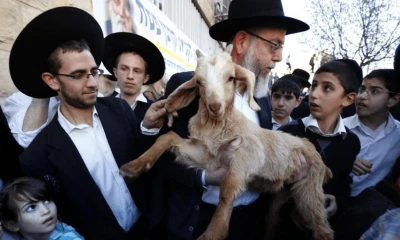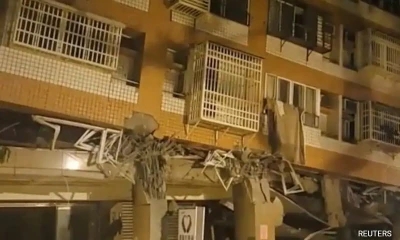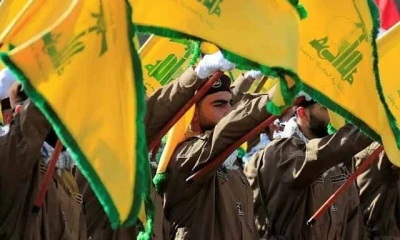World
Significance and history of holy Places of Jerusalem
There is a historical background to the ongoing tensions between Israel and the Palestinians, and the current situation is a continuation of what has happened over the past century.

Understanding the importance of religious sites in the region is also important to understand this conflict. Because the historic city of Jerusalem is owned by both Israelis and Palestinians. And it is a holy city for Muslims, Jews and Christians, followers of all three religions.
Dome of the Rock and Al-Aqsa Mosque
As soon as the name Al-Aqsa Mosque is mentioned, a golden dome comes to mind. This is the 'Dome of the Rock', which is part of the vast 35-acre compound that Muslims call Al-Aqsa Mosque or Haram Al-Sharif and the Jews 'Temple Mount'.
This part of the ancient city of East Jerusalem is considered sacred by Christians, Jews and Muslims alike.
The Dome of the Rock was built by the Umayyad Caliph Abdul Malik ibn Marwan in the seventh century AD. Many people consider it the Al-Aqsa Mosque because of its dome, but it is not the dome of the mosque but the first prominent monument of Muslims built in the area that is considered the identity of Jerusalem today.
According to Muslim tradition, the Prophet of Islam reached this place from Makkah and then from here, he travelled to ‘Night Ascension.’
As per Jewish tradition, Prophet Abraham prepared to sacrifice his son Prophet Isaac at this place. They also have other traditions regarding the sanctity of this place.
According to the inscription on the dome, it was built between 691 and 692 AD, 55 years after the Muslim conquest of Jerusalem. Before this conquest, Jerusalem was part of the Byzantine Empire and had a Christian population.
According to the Encyclopediadia Britannica, nothing can be said definitively about the purpose of the dome. Because it is not used as a mosque nor does it fall into the category of any other Muslim religious architecture.
It has been rebuilt in different periods. In the 16th century, Sultan Suleiman I of the Ottoman Empire decorated the exterior of the building with tiles.
In the twentieth century, the Hashemite royal family of Jordan redecorated it and added gold to the dome.
In the same compound, in front of the Dome of the Rock, to the south of the Temple Mount, is a silver-domed building, primarily the Al-Aqsa Mosque. It is also called 'Qibli Masjid'. However, Muslims call this entire compound Al-Aqsa.
According to Muslims, Al-Aqsa Mosque is the third holiest site after the Kaaba, in Makkah and the Prophet's Mosque in Madinah.
The 5,000 capacity mosque was completed in the eighth century.
To the west of the compound is the 'Wailing Wall' where Jews worship and visitors come.
According to Jewish historical tradition, the wall and the surrounding structures are the remains of the great Temple Mount, the site of the Jewish holy temple, which was first demolished by the Babylonians and later by the Byzantines.
Because the wall is now part of the larger walls of the compound, which includes Muslim structures such as the Dome of the Rock and the Al-Aqsa Mosque, there have been disputes between Arabs and Jews over access to the wall and entree.
Who manages the mosque?
Israel gained control of East Jerusalem and the ancient city from Jordan in the 1967 Arab-Israeli War, after which Israel declared its capital by pronouncing it a united Jerusalem.
However, Israel's move has not yet been recognized internationally.
While the United States has recognized Jerusalem as the capital of Israel under former President Donald Trump and has moved its embassy from Tel Aviv to Jerusalem.
After East Jerusalem came under Israeli control, al-Aqsa was handed over to a trust run by Jordan.
Both the Dome of the Rock and the Al-Aqsa Mosque come under the management of this trust. In the 1994 agreement, Israel once again recognized Jordan's role in this regard.
Israeli security forces are present at the compound and provide dedicated support. Christians and Jews are allowed to enter here. But under the agreement, only Muslims can worship.
However, after the Israeli occupation of East Jerusalem, residents of the West Bank and Gaza Strip have to obtain permission from Israel to enter Jerusalem before entering the mosque compound.
Why is the current conflict different from the past?
In the past, there have been various controversies over the holy sites in the compound, which has led to tensions and clashes. But this time the causes of the tension in Al-Aqsa that began last week were outside the compound.
According to International Media, a clash broke out between Israelis and Palestinians in the ancient city of Jerusalem a few weeks ago. In addition, Palestinians had reservations about being stopped by Israeli police during Ramadan.
But tensions escalated in the Sheikh Jarrah area of East Jerusalem when settlers, along with police and the administration, began advancing for a possible eviction of Palestinians.
The ongoing tensions between Israel and the Palestinians have arisen at a time when four elections in Israel over the past four years have failed to prove decisive.
On the other hand, the President of the Palestinian Authority, Mahmoud Abbas, has also postponed the elections to be held at the end of this month indefinitely. These elections were to be held in Palestine after 2006.
-

 Pakistan 1 day ago
Pakistan 1 day agoCM Punjab gives Rs2.5mn cheque to family of guy hit by her protocol convoy
-
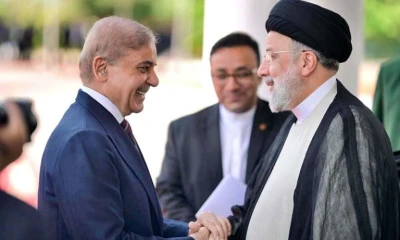
 Pakistan 2 days ago
Pakistan 2 days agoPakistan, Iran agree to increase volume of bilateral trade to $10b
-
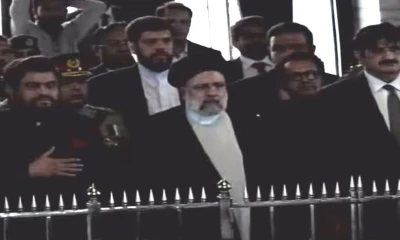
 Pakistan 1 day ago
Pakistan 1 day agoIranian President visits Quaid’s Mazar in Karachi
-

 Pakistan 2 days ago
Pakistan 2 days agoUS reacts to Iran’s president visit in Pakistan
-
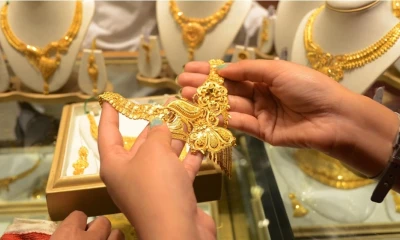
 Business 2 days ago
Business 2 days agoGold price falls drastically by Rs7800 in Pakistan
-

 Pakistan 2 days ago
Pakistan 2 days agoImran Khan not ready for deal, will face all cases: Aleema
-

 Pakistan 20 hours ago
Pakistan 20 hours agoPM Shehbaz suggested reaching out to Imran Khan, India
-
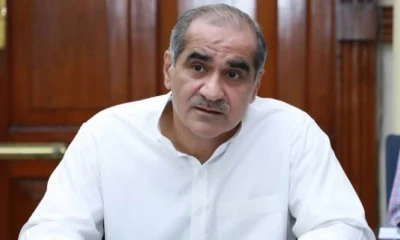
 Pakistan 2 days ago
Pakistan 2 days agoSaad Rafique announces to act against editing speech






